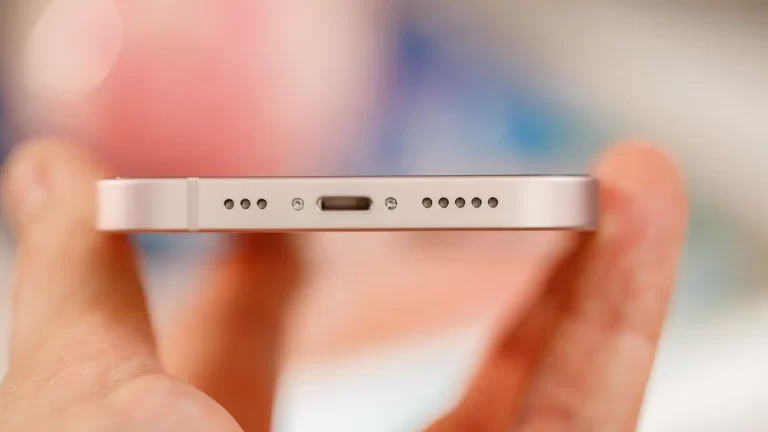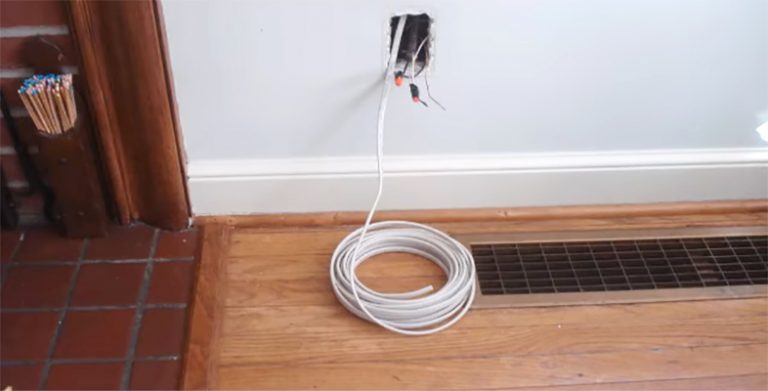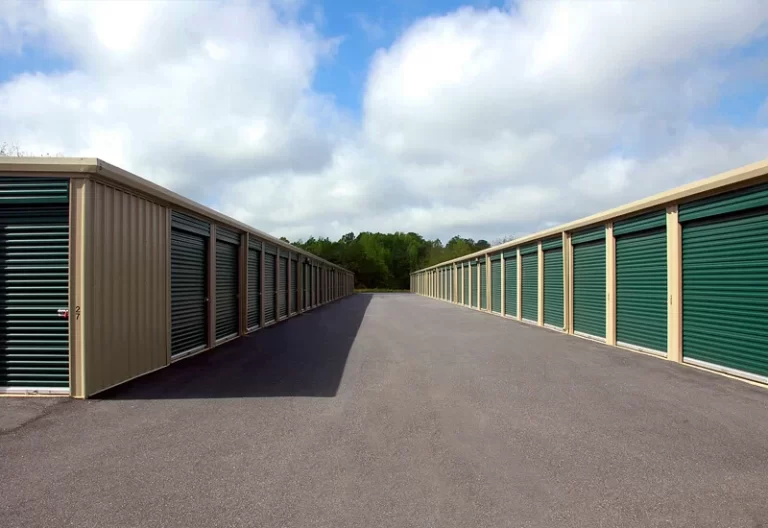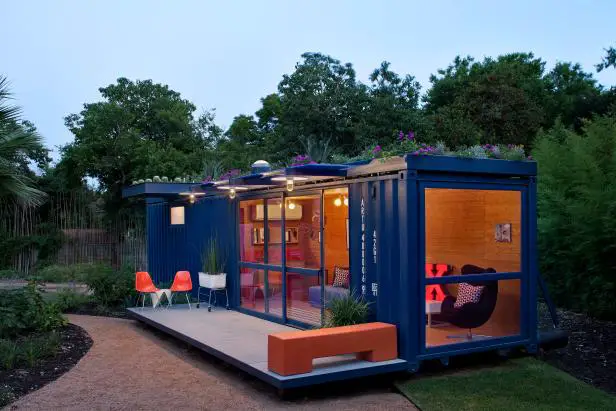How Do You Know if It’s Safe to Drill Into a Wall?
Before going to drill into your wall, ensure that the spot where you want to drill doesn’t have any cables or pipes underneath. Here a pipe and cable detector comes greatly handy. Finally, inspect the area carefully and select the right drill bit to make a hole.
How Do You Know if It’s Safe to Drill Into a Wall?
Starting to drill a hole in the wall without any inspection or preparation may lead to potentially fatal electric shock, flooding your home from broken pipes, or breaking your drill.
Most of the time there are electrical cables, water pipes, gas pipes, and other metal materials present inside the wall. So there is a good chance that if you drill into the wall, you may end up hitting any of those.
However, the result of hitting them is never pleasing. Hitting an electrical cable may cause electrocution or power outage or an electric shock, whereas hitting a water pipe may result in a water outage and a huge amount of money loss.
Nonetheless, here is how you can identify a safe spot on the wall:
Learn How to Avoid Drilling into Wires
When you are looking to drill into a wall, it’s important to be aware of the potential danger that could come from drilling into wires. In many cases, these wires may not be properly protected and can lead to dangerous electrical shocks if disturbed.
1. The main dangers of drilling into a wall are hitting an electrical wire, water pipe, or gas pipe. If you hit one of these wires when drilling, it can result in a dangerous shock and possible damage to your car’s engine.
2. Drilling into a wall is also risky because it can cause vibrations that could loosen the surrounding bricks and mortar, which could lead to further structural instability in the building and even collapse.
3. It is important to use caution when drilling into walls as you may not be able to see any potential hazards until it’s too late. Make sure that everyone involved with the project knows where all of the electrical wiring is located before starting any work on the wall.
4. Finally, remember that if something goes wrong while drilling into a wall – whether you hit an electric wire or not – emergency services should be called immediately so they can deal with any potential danger caused by your mistake.
Use Stud Finder to Find Stud
Use a stud finder to locate the studs in your wall and make sure you are drilling into teh wall safely.
Stud finders come with different types of sensors that will indicate when it has located a stud, making the process easier and more accurate.
If there is not a visible stud, or if it is difficult to see one due to paint overspray or wallpaper, then you may need to use an auger bit instead of a drill bit and start from another spot on the wall until you reach the correct location.
Make sure all tools and equipment are properly secured before starting any project so that nothing accidentally falls down while you’re working and causes damage or injury.
Always keep safety in mind when drilling into walls – be aware of potential obstacles such as cords, pipes, insulation, etc., that could get in your way during your project.
Warning Signs Such as Dizziness
Pay attention to warning signs such as dizziness, loss of consciousness, nausea/vomiting after using heavy machinery; these can be indicative of underlying medical conditions which should always be taken seriously if they occur while performing any type of work around the house.
Slowly increase the RPM
Slowly increase the RPM (revolutions per minute) until proper hole size is achieved – over-drilling can cause damage beyond simply ruining holes in drywall – this includes harming structural elements like joists or beams below.
When finished with your project always test for leaks by spraying water onto surrounding areas (not directly onto walls), listening for gurgling sounds indicating water seeping through cracks etcetera – again taking note of any underlying health concerns prior to proceeding.
Watch Bathroom and Kitchen Walls
If you decide to drill, be very careful when doing so.
Basically, avoid any wall that connects your bathroom or kitchen with pipes running through it.
It may be tempting to take shortcuts and use screws instead of bolts in order to save time, but this could ultimately lead to problems down the road.
Be aware that moisture can cause wood parts surrounding pipes and wiring fixtures to rot, causing them damage or even collapse altogether .
When fixing something like drywall after drilling is complete, make sure all nails are pre-driven before nailing anything down so as not leave holes behind where water could get trapped and cause future issues.
Finally, always clean up any debris left behind after drilling by using a vacuum cleaner and bucket ; otherwise, future repairs will become much more difficult.
How to Drill Into a Wall – Workflow
Here how to drill into a wall, the right workflow.
Inspect the Area
The first thing you need is to do a checkup on the wall you want to drill. If you have access to the architectural drawing of your house, you can have a general idea of where the wires or pipes might lie behind the wall so that you can avoid these places.
Still, you can’t completely trust these plans or drawings because most of the time it turns out that the wires or pipes are not where they should be, rather scattered beneath the wall.
Detect the obvious danger | SOIL STACK
Some of you may notice vertical square-shaped sections on the corner of your wall. Beneath these walls lies the soil stack. Soil stacks are basically soil pipes into which wastewater flows. So whenever you notice a soil stack, make sure not to drill there. Or else a broken soil pipe inside the house may cost you a fortune.
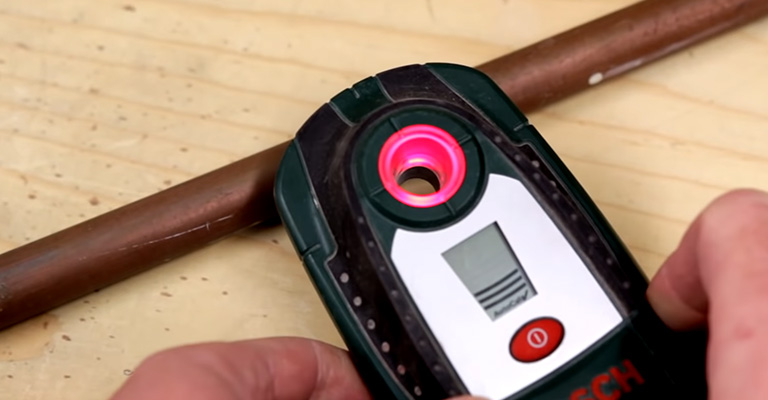
Avoid the switches, sockets, and electrical outlets
The electrical wires run horizontally or vertically along with the switches or sockets. Therefore, always avoid the areas with electrical switches, sockets, or plugs. Also, make sure to avoid areas where electrical devices such as radiators are mounted because electrical cables may run behind these areas to supply power.
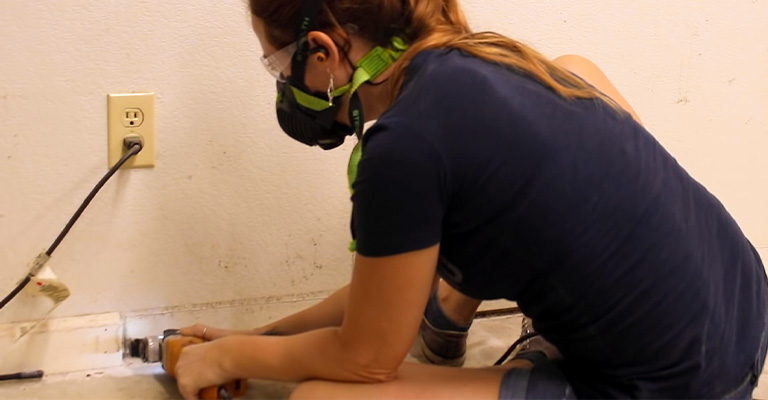
Beware of metal studs
These days more and more houses are being framed with metal studs as metal studs are thought to be disaster-resistant and not prone to fire. However, metal studs are not an ideal option to drill a hole. It’s because there are good chances that the pipes and cables run beneath the stud.
Moreover, it’s not easy to drill into steel since it might produce sparks thus causing a risk of fire hazard. Therefore, you better avoid drilling into the metal studs.
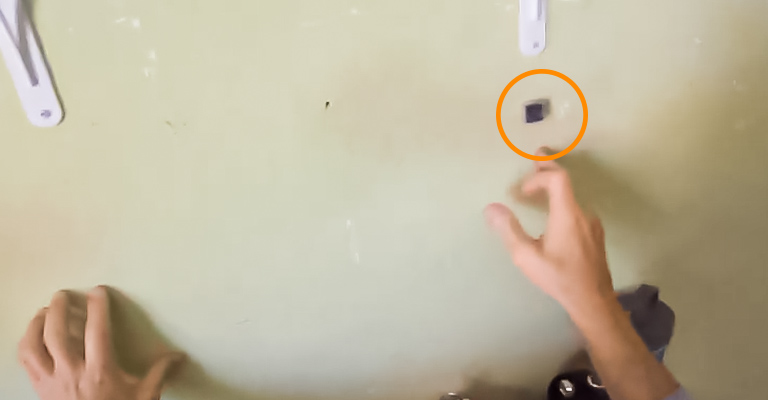
Use a detection device such as a stud finder
After assuming a possible secured spot for drilling, use a detection device to make sure no wires, pipes or stud lies beneath the place.
Stud finders are present-day’s handy solution of detecting objects behind the wall.
These stud finders are not always accurate. Sometimes it gives wrong results or fails to detect. So you can’t blindly trust what these mechanical devices tell you. However, while using these devices, you need to be careful about certain things such as not wearing watches or rings, keeping the cellphone away, moving several times over a certain place.
Select the drill bit considering the material
You need to select the drill bit taking into account the wall materials. Sometimes the wall cracks while drilling. It is because the wall material can’t take the sudden pressure of certain drill bits.
For instance, you can’t use the same type of drill bit for tiled walls that you use for brick walls. This is why you should use the drill bit that is ideal for your wall type. To know more information about this topic, you can google or contact a professional.
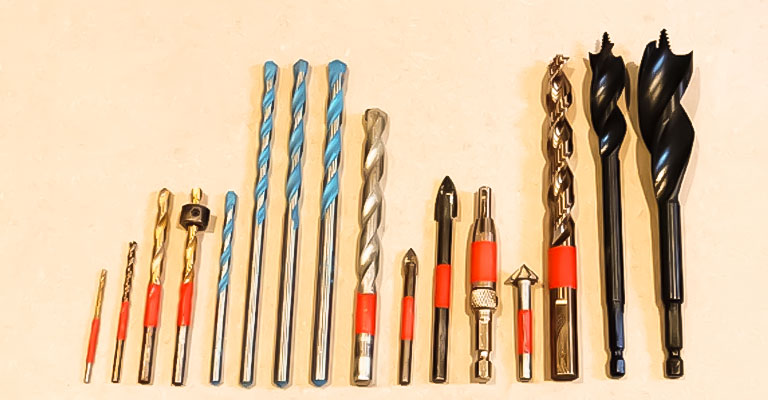
Using a blunt drill bit
Many suggest using a comparatively blunt drill bit. So that whenever the drill machine encounters something like pipe or wire, it won’t cut or break the material right away. Besides, it will also alarm you to stop drilling immediately.
Types of Safe and Unsafe Ways to Drill into Walls
There are typically four types of safe and unsafe ways to drill into walls: electric, pneumatic, rotary, and impact.
Electric drills are the safest way to drill because they use electricity instead of a physical force like impact or rotary tools do when drilling into walls.
However, if you have an older home with plasterboard on the exterior wall, using an electric drill can damage the plasterboard below which may lead to water infiltration and structural problems in your home over time – always consult with a professional for advice before starting any construction projects.
Pneumatic drills create less shock than electric drills but still deliver power through compressed air so be careful not to hit any pipes or wires that may be nearby – again consult with professionals before beginning any project.
Rotary hammers require more direct contact with the surface being drilled which is why they’re often used for larger holes such as those needed for plumbing installation- make sure that there won’t be anything valuable behind where you plan on placing your new sink or fixture by checking online beforehand.
Impact wrenches provide brute force by striking a metal fastener against hard objects like stones or concrete- make sure that you choose one made specifically for this purpose rather than using something from your garage toolkit since these could potentially cause serious injury if misused.
Finally remember never put your hands near moving parts when operating an impact wrench- wear protective gear including goggles and hearing protection at all times.
Most homeowners only need basic hand tools like saws and hammers when remodeling their bathrooms; however some might find it necessary to rent specialized equipment such as infrared thermometers (for detecting moisture levels) jigsaw blades (to cut drywall), circular saws (for cutting wood), hammer drills (for installing cabinets), adhesive trowels (to apply caulk/paint), wire brush & sandpaper etc.
FAQ
What to do if I cut an electrical wire while drilling a hole into the wall?
In case you drill into the wrong spot and cut any electrical wire, immediately turn off the main electrical power. Call the electricians if there is a power outage or any electrical hazard.
What to do if I accidentally hit a pipe?
Hitting a pipe can cause massive leakage and a huge mess at your home. There’s not much of a health risk if it’s a water pipe, but in the case of a gas pipe, you must be extremely careful. If a pipe is hit, the first thing you should do is turn the main power off and then call in the professionals.
How do you tell if you hit a wire while drilling?
While drilling into a wall if you hear a crackling sound or see flickering lights, you should assume that you’ve hit a wire and immediately take your hands off your tools and step back. Don’t dare to go back to drilling before turning off the main switch.
To Conclude
Ensuring safety before you start drilling holes into your wall is paramount. Remember, behind the drywall, various elements such as electrical wiring, metal plates, and pipes run. To avoid a nasty shock or damaging these elements, always check for the stud location using a reliable method. Stud finders are particularly useful in identifying the vertical beams in your wall, especially in commercial buildings where more studs might be present. Additionally, be cautious around light switches, as drilling too close to them can lead to electrical hazards. If you’re dealing with hollow walls, consider using drywall anchors for a more secure hold. A fool-proof approach involves marking the drilling area with masking tape, especially on a curved surface, to prevent the drill from slipping as the drill begins to penetrate the wall.
Before you drill directly into the wall, take a moment to consider what might be on the other side. A substantial amount of damage can be caused if you inadvertently hit plumbing or electrical work. Therefore, it’s essential to not only rely on a stud finder but also to have a general understanding of how your house is built – where pipes and cables are likely to be located. In older homes, especially, the layout might not be as straightforward. When in doubt, consult with a professional or refer to your home’s blueprints. This extra step can save you from the hassle and expense of repairing significant damage caused by drilling into a crucial part of your home’s infrastructure.
Also read – How Do You Install Bathtub Wall Panels Over Tile?

